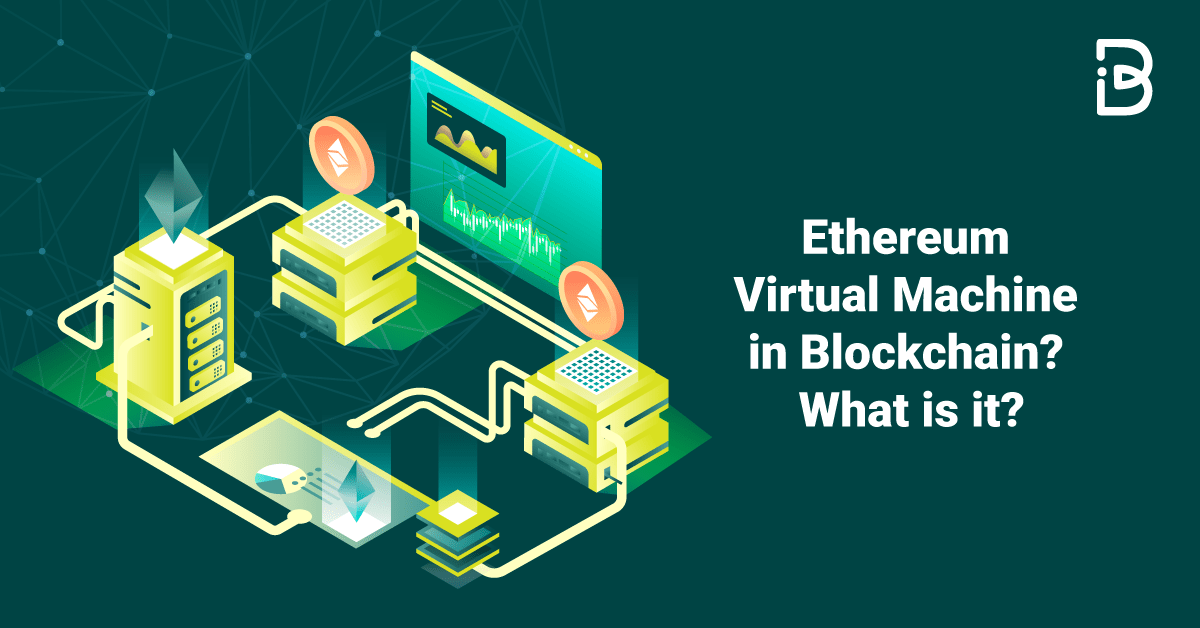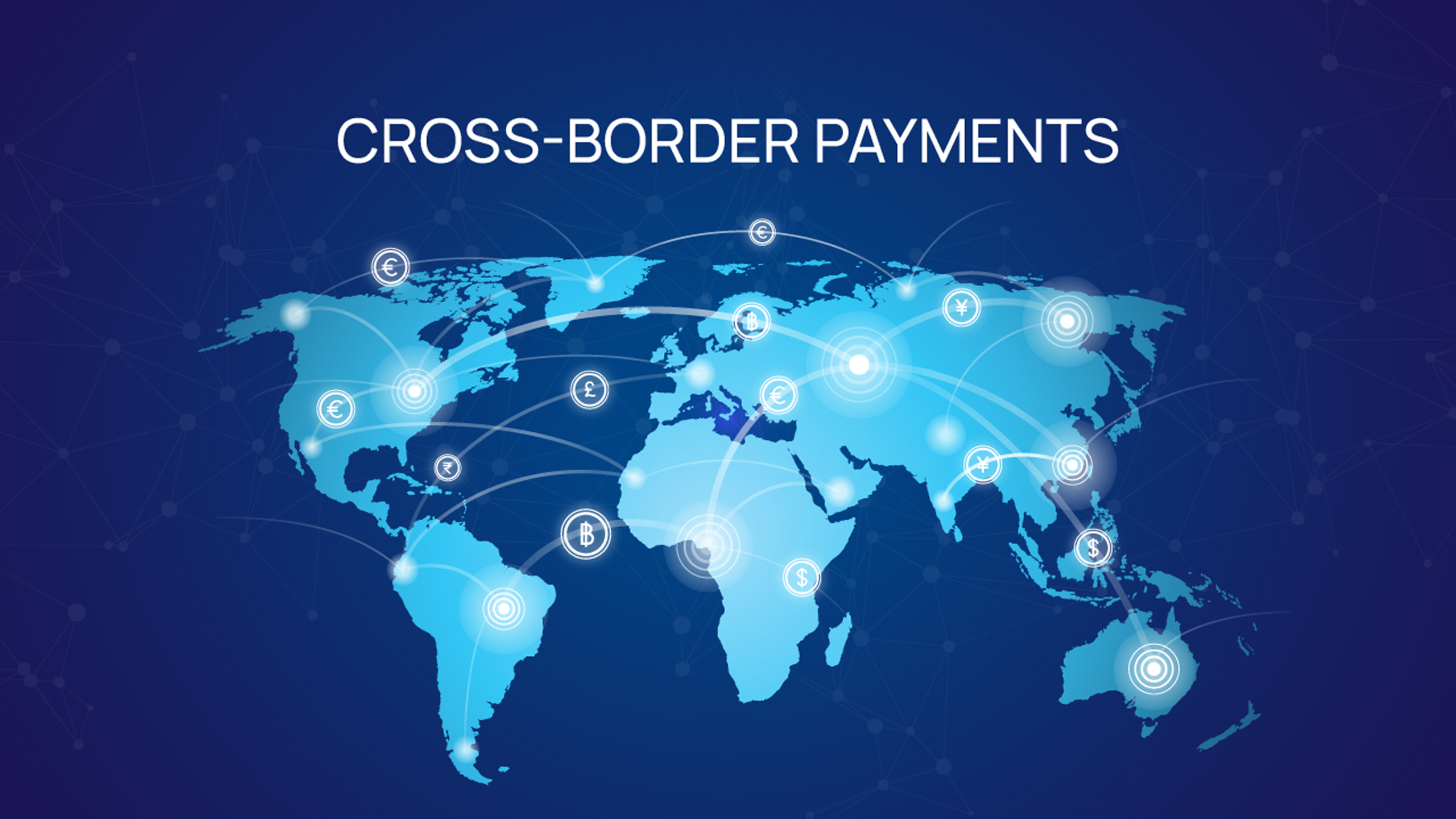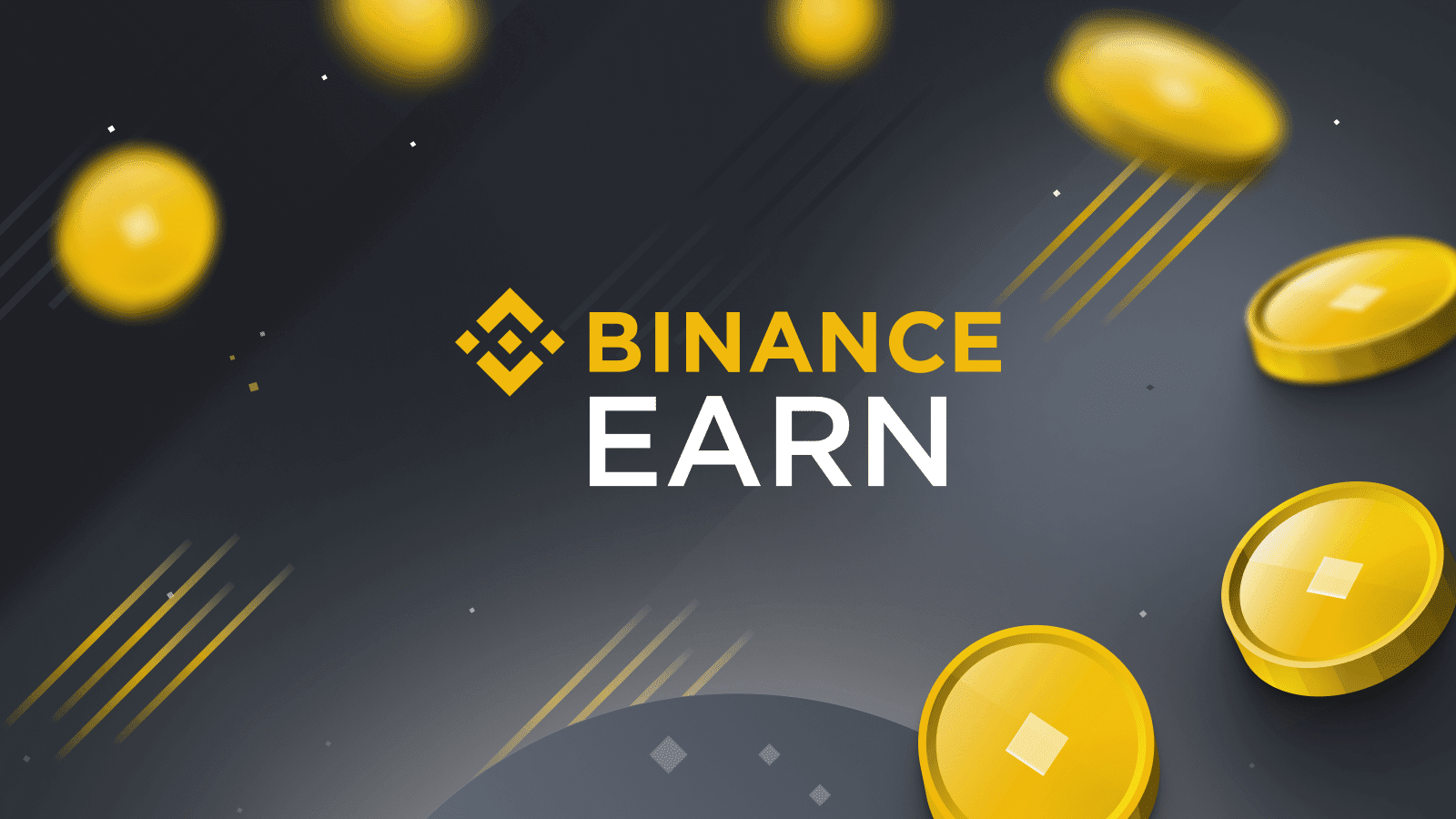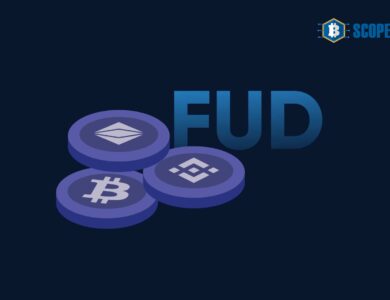
The EVM, or Ethereum Virtual Machine, Is What?
But even with all those interconnected computers, it’s still just one thing that needs fixing. All Ethereum accounts and smart contracts can run smoothly in an environment provided by the Ethereum protocol, which also guarantees the particular state machine’s continuity and immutability. A single, universally applicable “canonical” state exists for any given block in the Ethereum network. The EVM defines the rules that control the computation of new valid states from one block to another, which is highly significant. This post provides an in-depth look at the EVM blockchain, how it works, and its pros and cons. The technological details that support the Ethereum Virtual Machine can also be considered.
Understanding Ethereum Virtual Machine
A definition of the term “Ethereum Virtual Machine” should be the starting point of any decent Ethereum teaching. Most people think the Ethereum Virtual Machine (EVM) is essential to Ethereum’s work. Just like the human heart pumps blood around the body carrying oxygen and nourishment, it does the same thing.
EVM provides a platform for developing and releasing decentralized applications (dApps) and smart contracts using the Solidity language. ‘Virtual computers’ or software platforms like the Ethereum Virtual Machine (EVM) allow programmers to build decentralized apps. The deployment and execution of smart contracts on the Ethereum blockchain may also be facilitated by EVM.
History of Ethereum Virtual Machine
It is necessary to examine the background of the Ethereum Virtual Machine (EVM) before contemplating effective practices for downloading it. Everyone who has ever worked with the Ethereum network has probably heard of the EVM. An intriguing aspect of EVMs is that they can be better understood by looking at their background.
When did it begin? Vitalik Buterin, the man behind Ethereum, said that BitTorrent was one of the first decentralized applications. Despite numerous attempts to deactivate it, Bram Cohen’s BitTorrent file-sharing protocol, which he created in 2001, is still actively used today. Just how? In the global network of computers, the similarities between BitTorrent and “what is EVM in crypto” are striking. The only way to end BitTorrent and the Ethereum Virtual Machine would be to turn off every computer on the planet. Have you seen the shared feature between Ethereum Virtual Machine and BitTorrent? Because they are both virtual machines, they are physically limitless.
An excellent starting point for newcomers, the Ethereum Virtual Machine does not necessitate the assembly of any high-end hardware. If you want to know more about the Ethereum Virtual Machine and EVM-compatible code, you’ll need to study stacks, bytes, and other blockchain concepts like proof of stake and hash functions.
Is EVM a Distributed Ledger or State Machine?
There are questions about how an Ethereum Virtual Machine relates to the Ethereum distributed ledger due to its characterization as a state machine. The primary goal of an Ethereum Virtual Machine is to ascertain the current status of Ethereum blocks. Also, like other blockchain-based networks, EVMs use a distributed ledger to keep databases updated and enable transactions. In addition to the distributed ledger layer, EVMs include intelligent contract capabilities, which provide still another layer of capability.
These blockchain networks and basic cryptography enable decentralized currency, their main use case. The distributed ledger would track transactions and other activities by regulating ledger user privileges and behaviors. The laws apply to Bitcoin and other blockchain transactions. Ether, Ethereum’s native coin, lets users follow the blockchain’s straightforward rules. Additionally, Ethereum smart contracts ensure robust automation. In addition to the machine state, Ethereum’s huge data structure stores all accounts and balances. The machine’s state may change between blocks according to specified rules or run whatever code it wants. The EVM defines block state transition rules.
Functions of an EVM
Asking, “What is EVM crypto?” is the next critical step since it will lead you to the capabilities you can get. At its core, the Ethereum Virtual Machine is just an extensive database that stores all of the Ethereum blockchain’s accounts and balances. In addition, the EVM may execute machine code and adjust itself in response to new blocks added to the blockchain ledger, making it a machine state in and of itself.
The Ethereum Virtual Machine (EVM) is a decentralized computer that doubles as a processing engine and software platform. A wide variety of crypto applications, including decentralized applications (dApps), decentralized finance (DeFi) solutions, play-to-earn games, and NFT markets (like OpenSea), might be built using the EVM. Interestingly, developers may create decentralized applications (dApps) on Ethereum using the EVM-compatible Solidity programming language, eliminating the need to transfer platforms or languages.
In an Ethereum lesson, you may learn more about how Ethereum Virtual Machine (EVM) works. The Ethereum network relies on it to execute and deploy smart contracts, making it an essential component. The Ethereum network, or blockchain, is an extensive network of interconnected nodes that facilitates user transactions. The onus for maintaining the integrity and safety of the blockchain ecosystem is on every single node. Nodes must depend on the EVM to fulfill their obligations and keep the Ethereum blockchain network consensus-driven.
Working of EVM
One of the most common concerns when downloading the Ethereum Virtual Machine (EVM) is how it functions. The EVM is quite similar to a mathematical function in that it takes an input and returns a deterministic value. Ethereum may actually be formally described using a state transition function. At this point, the state transition function may be applied to both the previous valid state (S) and the new set of valid transactions (T).
As described in its documentation, Ethereum Virtual Machine’s two most prominent features are its state and transactions. The starting point for the state in EVM is an enormous data structure or a modified Merkle Patricia Trie. The data structure uses hashes to keep track of all the linked accounts. Additionally, it is possible to trace the state of the EVM blockchain back to a particular root hash on the Ethereum blockchain.
Transactions are another important aspect of EVM’s work. EVM can handle two types of transactions: one that creates contracts and another that results in message calls. As a result of contract generation, a new contract account showcasing the assembled smart contract bytecode may be created. When another account sends a message call to the relevant contract, the featured bytecode will be executed.
Working of EVM Instructions
A blockchain-based explanation of how the Ethereum Virtual Machine (EVM) functions would also center on the EVM’s instructions. During its execution phase, an Ethereum Virtual Machine takes the shape of a stack machine with a depth of about 1024 items. Since the stack machine stores all of its data in 256-bit words, 256-bit encryption is more practical. Regarding secp256k1 signatures and Keccak-256 hashes, for instance, EVM execution never gets into a dispute.
During runtime, EVM allows a word-addressed byte array to function as temporary memory. Between transactions, the temporary memory does not remain. However, contracts use a word-addressable word array as their storage trie, designed by Merkle Patricia. The relevant account and the global state are linked to the storage tree. Finally, a series of opcodes will be used to execute the constructed bytecode. There are several blockchain-centric stack processes, and EVM might incorporate them all.
What are Opcodes?
There are already around 150 distinct Opcodes in Ethereum, and they constitute an essential part of any Ethereum Virtual Machine implementation. Recognizing as a Turing Complete system highlights the importance of opcodes in comprehending EVM. When executing machine-level instructions or opcodes, EVM is a Turing Complete system.
EVM’s support for opcodes makes it shine when it comes to smart contracts or EVM crypto transactions. Opcodes can be used for data recording, mathematics, and accessing block information.
Benefits of Ethereum Virtual Machine
The benefits of an Ethereum Virtual Machine (EVM) should also be considered in the Ethereum Virtual Machine download instructions. One of its most noticeable benefits is that blockchains can be built using it. Faster transactions and reduced gas prices are two issues that have arisen as a result of Ethereum’s rise to prominence as a platform for decentralized application development.
Consequently, programmers choose to build decentralized applications on alternative permissionless blockchain platforms. An option for facilitating interoperability between decentralized application platforms (dApps) and other blockchain networks founded on EVM principles might be blockchains that are compatible with EVM. The EVM is compatible with several well-known blockchain ecosystem names, such as Avalanche, Tron, Cardano, and Polygon.
Beyond just EVM blockchain interoperability, there are many additional advantages to investigate. Additionally, Ethereum developers may be able to rest assured that if compatibility exists, there will be fewer obstacles to entrance.
Use Cases of EVMs
You may be better able to picture the many uses of EVM after reading its definition and how it operates. How does it fuel real-world endeavors? This question of “What is EVM crypto?” can be answered by looking at ERC-20 tokens created using smart contracts. Thanks to the data structure linked with their smart contracts, you can name, distribute, and keep tabs on ERC-20 tokens. Oddly enough, ERC-20 tokens can do much more than act as EVM cryptocurrency. Other EVM applications reference decentralized autonomous organizations (DAOs), which provide a self-sufficient framework.
Bottom Line
The Ethereum Virtual Machine (EVM) tutorial covered everything from its definition to its inner workings. The name “EVM” says it all: EVM is a virtual machine, but it’s structured and operates slightly differently. The virtual machine contains all of the data from all of the machines on the network.
Another way to look at EVM is as a user-friendly and adaptable platform for building and launching smart contracts. Invest in a thorough education on Ethereum technology to go further into the nitty-gritty of Ethereum Virtual Machine.







